Tiny Corcoran Ave. Raised a Big Star
Cornelius L. Corcoran served as Third Ward’s alderman for 44 years, longer than any council member in history
Like most streets in the Third Ward, this two-block long avenue between N. Milwaukee and N. Jackson Streets was originally part of a marsh. In 1856, after it was filled in, the Common Council named it Juneau Street, honoring the city’s founder, Solomon Juneau.
In 1885, the current Juneau Avenue was named, making the Third Ward’s Juneau Street redundant, so in 1888 it was renamed Corcoran Avenue. Both Juneau and Corcoran used the newer, more upscale designation of “Avenue,” as “Street” was considered too common and had fallen out of favor.
The odd thing about Corcoran Avenue today is that its street signs mistakenly designate it Corcoran Street. When the Historic Third Ward Association installed the half-moon street signs used in that neighborhood, the error was made. Because the street is short and there are few buildings with Corcoran Avenue addresses, it has probably not caused many problems, although the Corcoran Lofts has used both designations to overcome any confusion. The address on the building itself is 444 E. Corcoran Street, while the address on the Lofts’ website shows the structure to be at 444 E. Corcoran Avenue.
Cornelius Joseph Corcoran was born in Limerick, Ireland in 1809. The Great Famine in Ireland during the years 1846-1849, when the potato crop failed, caused the deaths by starvation and disease of nearly one million people. Another one million people from the Emerald Isle are estimated to have emigrated from their homeland during this era and Corcoran, along with about a dozen relatives, was among them. They arrived in New York’s port on June 30, 1849. He, his wife, and other family members were living in the Third Ward by the next summer when the 1850 Federal census was taken. He is enumerated as a grocer in that census.
Corcoran’s wife died and he married Ann Lee, an Irish woman 16 years his junior. During the 1860s she and Corcoran became the parents of four children, who were raised in the family grocery store and saloon on the northeast corner of Jefferson and Chicago Streets.
When Corcoran Avenue was named in 1888, the family was among the best known in the Ward, as residents referred to the Third Ward. All three sons had worked in the family business while growing up and the youngest son, Thomas, still did. The oldest son, Daniel, was the chief clerk in the Register of Deeds office, but he had recently died. The middle son, Cornelius L. Corcoran, had been a star shortstop for the Third Ward baseball team, the Quicksteps, and was a rising star in the Democratic politics of the Ward.
In 1891, the senior Corcoran died and a year later Cornelius ran for one of the two aldermanic positions in the Third Ward. The Milwaukee Sentinel supported Corcoran’s opponent, Thomas Ramsey, a Republican who ran as a Democrat because there would be no chance of him being elected as a Republican in the Democratic Third Ward. The Sentinel claimed “the best elements of the ward will support” Ramsey. Either the “best elements” supported Corcoran or there were not enough of them; Corcoran was sworn in as alderman in April 1892 when he was 27 years old.
He was re-elected to that position every time he ran and was still alderman when he died at the age of 71. He undoubtedly holds the record for aldermanic longevity, having served in that position for nearly 44 years. He also holds the record for leading the Common Council as its president for 30 years. The Council president acts as mayor when the mayor is out of town; it is estimated that Corcoran served as acting mayor for four years and ten months, longer than the terms of many of Milwaukee mayors.
The Realty Board said that to take advantage of the railroad connections and water transportation in the Third Ward, it made the most sense to build only warehouses there. They wanted the Ward’s manufacturers to relocate to the newly developing industrial suburbs like Cudahy, South Milwaukee, and West Allis. The Board wanted residents to relocate too, and as long as it was outside the Ward, they didn’t care where.
The real estate men said the fire was a blessing in disguise and that it drove out “a lot of people of ill-repute.” Corcoran responded that there were no people of that type in the neighborhood. The Realty Board pushed for an ordinance that would require that any new residence be clad with bricks to reduce the chance of a similar disaster. That change would double the cost of building a new home.
The relatively few residents who had fire insurance, or the necessary funds, quickly built replacement homes before the Common Council could pass the ordinance. Corcoran purchased a building to suit his needs in another part of the city and had it moved to his lot in the Ward. In addition to the hundreds who lost employment due to the fire, many more lost jobs during the Financial Panic of 1893 and could not afford to build new homes. The ordinance requiring a fire-resistant exterior passed in 1895.
So the Irish left the Ward in large numbers and were replaced with warehouses and a smaller number of Italians. Corcoran’s constituents no longer called him Con, they called him Cornelio or “Connie da Cork.” With fewer residents in the Ward, in 1895 a proposal was made to add the depleted Third Ward to Downtown’s Seventh Ward.
Businesses were taking over Downtown, resulting in fewer residents, so the pressure to merge grew. But the idea of wiping out the Third Ward was unpopular not only with its current residents but also its former residents, who felt an attachment and a loyalty to it. In 1912, with Corcoran’s clout, the Third Ward doubled in size. Its northern border was moved north from E. Wisconsin Avenue to E. Knapp Street. A new Seventh Ward was created north of North Avenue.
A year after the Third Ward expanded, the Corcoran family moved to N. Cass and E. State Streets. When Corcoran died at his home in 1936, even though he lived in Yankee Hill, it could be accurately said that he had lived his entire life in the Third Ward.
Carl Baehr, a Milwaukee native, is the author of Milwaukee Streets: the Stories Behind their Names, and articles on local history topics. He has done extensive historic research for his upcoming book, Dreams and Disasters: A History of the Irish in Milwaukee. Baehr, a professional genealogist and historical researcher, gives talks on these subjects and on researching Catholic sacramental records.
Corcoran Avenue
City Streets
-
The Curious History of Cathedral Square
 Sep 7th, 2021 by Carl Baehr
Sep 7th, 2021 by Carl Baehr
-
Gordon Place is Rich with Milwaukee History
 May 25th, 2021 by Carl Baehr
May 25th, 2021 by Carl Baehr
-
11 Short Streets With Curious Names
 Nov 17th, 2020 by Carl Baehr
Nov 17th, 2020 by Carl Baehr


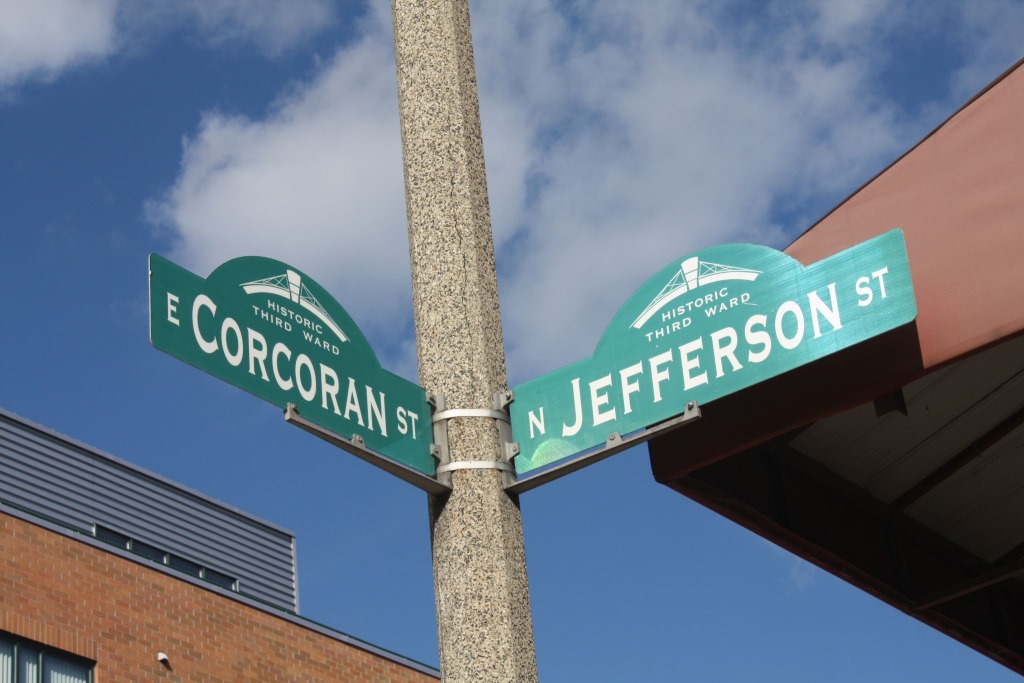
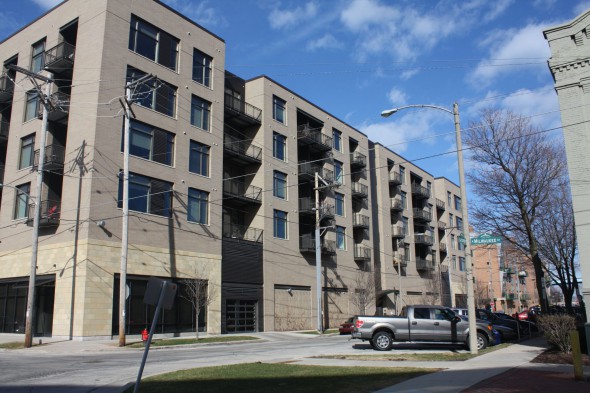


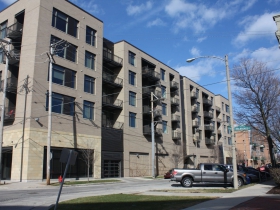
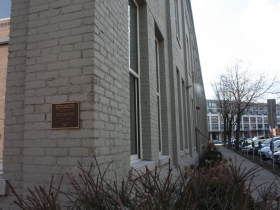
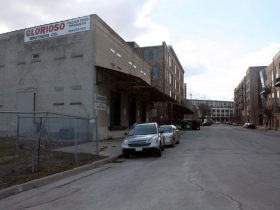
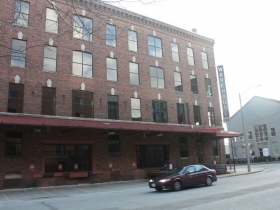
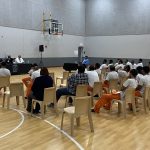


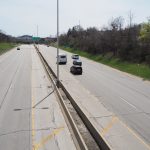











Another excellent article. Keep ’em coming!
Fantastic article! Loved the history!